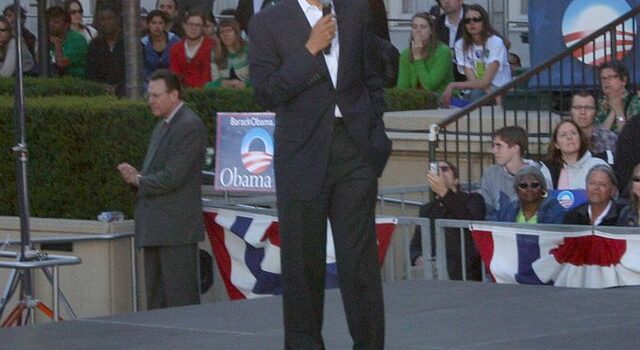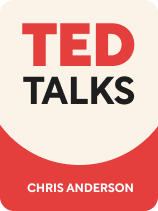

This article is an excerpt from the Shortform book guide to "TED Talks" by Chris Anderson. Shortform has the world's best summaries and analyses of books you should be reading.
Like this article? Sign up for a free trial here .
What’s the best way to open a speech? What can you do or say to grab your audience’s attention from the very beginning?
According to Chris Anderson, the author of TED Talks, you only have about 60 seconds to keep your audience’s attention once you begin your speech. If you fail to engage them from the get-go, they’ll listen half-heartedly for the rest of the talk.
Here’s Anderson’s advice for opening a speech.
How to Open a Public Speech
Your speech opening sets the tone for the rest of the talk, so even if you choose not to script your speech, you should carefully plan how you’ll open.
Here are three ways you can grab your audience from the opening of your speech:
1) Say something dramatic: Anderson says you can never go wrong with a powerful opening line—or at the very least, a powerful line within your first paragraph. Don’t think of your speech as having to be sequential. He recommends you take the heart of what you’re going to talk about and come up with one statement to use as a teaser to the audience.
(Shortform note: The opposite of saying something dramatic is to say something humorous—something that many TED speakers do to open their speeches. The most famous TED talk of all time is by Sir Ken Robinson, and he makes his audience laugh 10 seconds into his speech, “Do schools kill creativity?”)
2) Show a fascinating image (or object): Sometimes, the best way to get an audience’s attention is to show them something stunning, confusing (in an intriguing way), or hilarious. Once you delight the audience, you have their attention.
(Shortform example: About 30 seconds into her TED talk, “10 things you didn’t know about orgasm,” author Mary Roach shows an ultrasound image of a male baby masturbating in the womb.)
3) Pique their curiosity: Sparking curiosity is the easiest way to grab and hold a listener’s attention. Anderson says you can ask a question explicitly, or you can make a counterintuitive statement. If what you say challenges the audience’s prior knowledge, it will intrigue them even more.
(Shortform example: Apollo Robbins, said to be the greatest pickpocket in the world, opens his TED talk, “The art of misdirection,” with the question: “Do you think it’s possible to control someone’s attention?” Ironically, by asking this question, he instantly has his audience’s attention.)
(Shortform note: Besides getting your audience’s attention, a strong opening should reveal your speech’s purpose (the “what”), explain why the audience should care (the “so what”), establish your credibility, and preview the major points.)
Closing
Anderson warns that a spectacular talk can be ruined by a bad ending. The way a talk ends is the way the audience will remember it. Avoid boring endings, asking for money, or alluding that there was more you couldn’t get to.
Instead, Anderson offers these five strategies for ending your talk on a high note:
- Apply what you’ve discussed to a broader situation. For example, “If this management style can transform Fortune 500 companies, imagine what it could do in the White House.”
- Declare a personal mission. End your speech by making a proclamation about how you are going to use this knowledge to improve the world.
- Leave them with a dream. Paint a picture of a better world. Inspire your audience with your dream for the future, but be sure to avoid clichés.
- Call them to action. Ask your audience to take the information you just gave them and do something with it. For example, “If we all contact our congressmen, they’ll have to listen.”
- End with beautiful language. A poetic statement, song lyric, or eloquent phrase can add a somber and memorable touch.
Anderson says whichever way you choose to end your talk, a short and simple “thank you” (followed by a pause for applause) before walking offstage is always successful.

———End of Preview———
Like what you just read? Read the rest of the world's best book summary and analysis of Chris Anderson's "TED Talks" at Shortform .
Here's what you'll find in our full TED Talks summary :
- A nuts-and-bolts guide to public speaking that takes you from the initial idea to your final bow
- TED curator Chris Anderson's public speaking advice on everything from scripting to wardrobe
- A comparison of Anderson's advice to that of other public speaking experts






